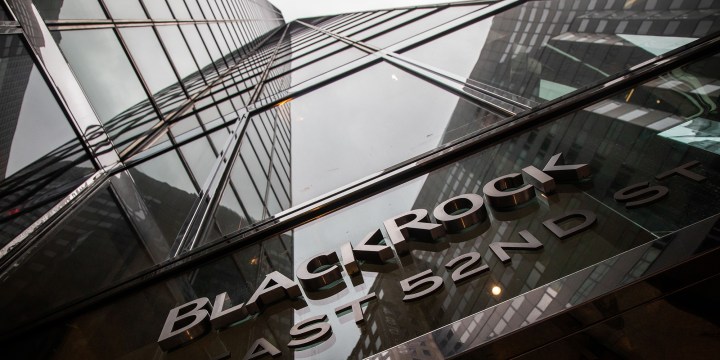BUSINESS REFLECTION
After the Bell: The private debt fund quandary

So, are you worried about private debt funds? Er, well, um, remind me what a private debt fund is. And while you are at it, tell me why I should think about them at all.
Personally, I wasn’t worried about private debt funds and if we are just being honest for a moment; I didn’t actually know they existed until they were drawn to my attention by a mate, Dave Woolam, who knows much more about this stuff than I do. But the more I think about them, the more they seem to me to pose a potential danger. And part of the reason is precisely because the public doesn’t know much about them, or indeed that they exist.
Allow me to explain as best I can (and this may be a bit of a long and bumpy road to travel, so fasten your seatbelts).
Private debt funds are funds offered not by banks but by other financial institutions that make loans to businesses. They are pretty much out of the public eye, but getting larger very quickly. From the point of view of an investor in these funds, this is probably a good thing if — and this is a big if — the train stays on the tracks because the available interest rate will probably be larger than investors would collect from the public markets out there.
The big question is why, if you are a borrower on the other side of the transaction, would you take this loan, rather than borrow from a regular bank in a regular way? And the answer is that the bank is probably goosey about loaning you so much money. And that raises the uncomfortable question of how safe these loans are in the first place.
So, how big a thing are these funds? Well, according to a data provider called Preqin quoted by Bloomberg, nearly $1.5-trillion is invested in private debt globally. The eye-popping fact is that this number is up fivefold since 2010 and Preqin says the investment will reach $2.2-trillion by 2027. That is a rather large number, particularly if you compare it to the entire private equity business globally, which is worth around $11-trillion.
The typical loan recipient is a small to mid-sized company, most of which are owned by private equity funds, and although information is scarce, the interest on those loans would be around 9.3% — which is rather shocking.
Now we need to piece together some global trends to get a better picture of what is happening here. The first piece of the puzzle is why banks don’t make these loans any more; the answer to that is the 2008/09 banking crisis. Banks around the world tightened their lending requirements then and that hasn’t changed. Banks just don’t want to go there again, and we don’t want them to either.
But presumably, the pressure or the need for loan funds remains what it always has been. So, reading between the lines, these private loans are gradually taking the place of bank loans or loans on the public debt markets.
Factor into all of this quickly rising interest rates, which have taken markets around the world by surprise by and large, and you can see there are probably many companies out there which are stressed — stressed enough to take very expensive loans from anyone who will hand them out. Imagine you are managing a company owned by a private equity fund, covered in debt, and suddenly your interest rate payments have exploded. You do what is necessary and cover that increase. Right?
But there is another echo of the 2008/09 banking crisis. These loans are being sold on to investors — remember securitisation? The latest provider of these loans is the global investment company BlackRock, which has about $8.5-trillion in funds under management. Other very large financial houses like Fidelity Investment (around $4-trillion under management) are already in this game and others have been there for a while. There are some, but not many, available to SA investors.
Obviously, very large financial houses can be discerning about who they lend money to, but if they do so sensibly, there is little to worry about. However, this whole scheme reminds me a bit of the subprime crisis because essentially what is happening here is that a kind of shadow banking system is being created. The volatility of these funds is low, but that’s presumably in part because the people constructing them have no incentive to revalue them aggressively, the way they would if they were part of public debt markets. Investors are getting stock-like returns with cash-like stability.
I hope regulators are alive to the potential problems here, but I worry they are not. There is an old saying that generals always fight the last war. In other words, they are using the lessons learnt from the last war in the hopes of winning the current one. Proceed with caution and keep those seatbelts fastened. DM


















Comments - Please login in order to comment.